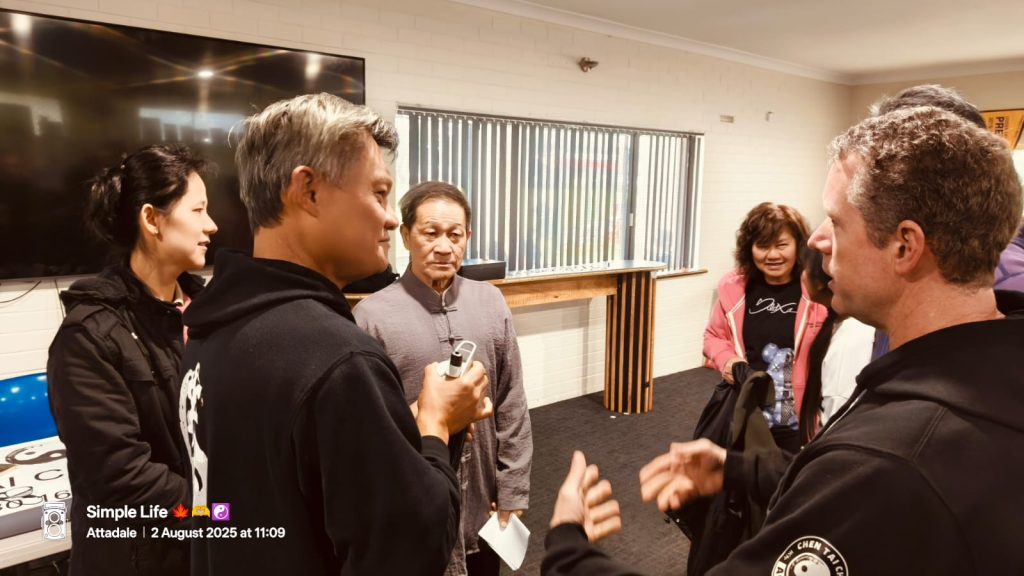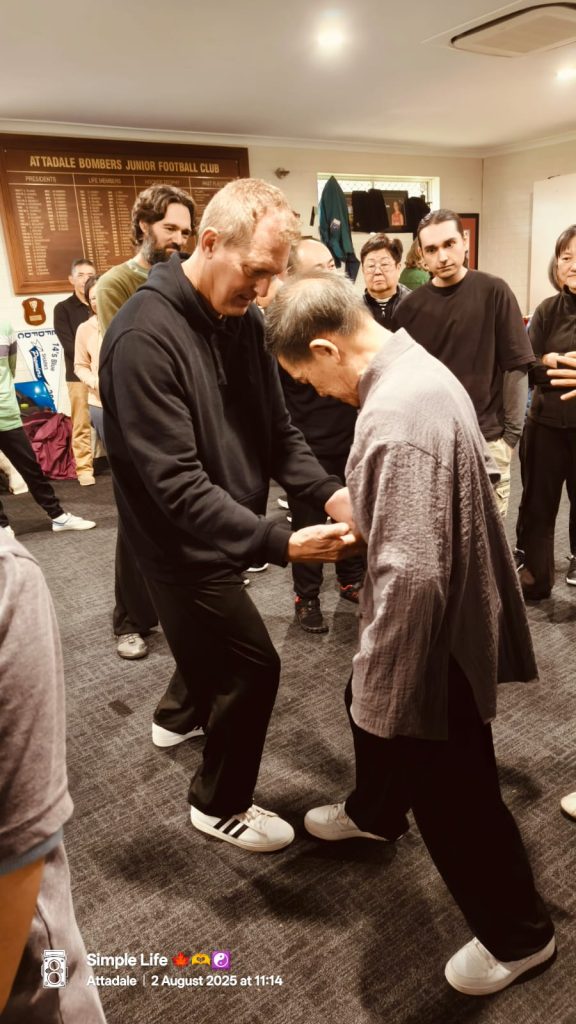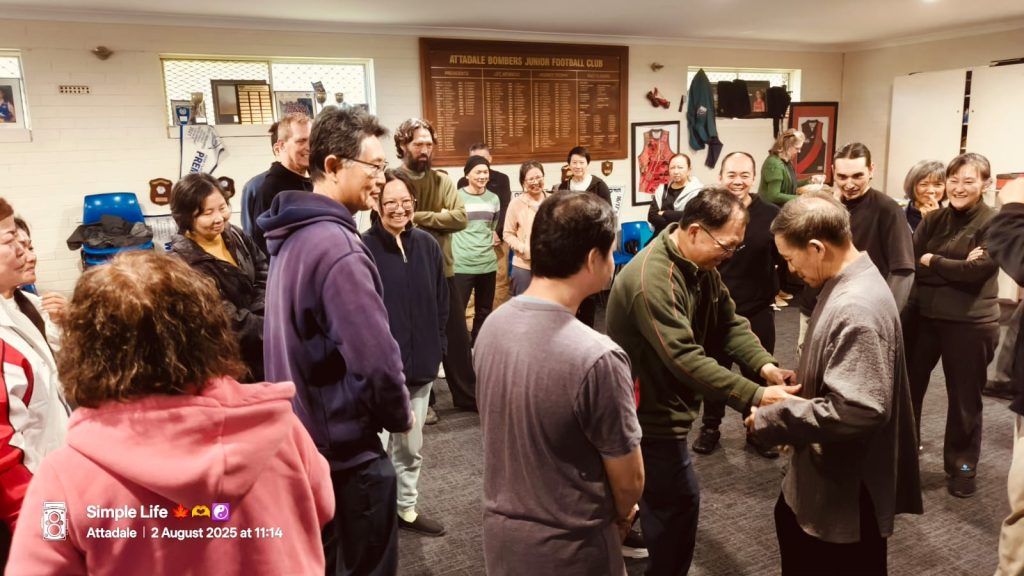Original Chinese Text and English Translation
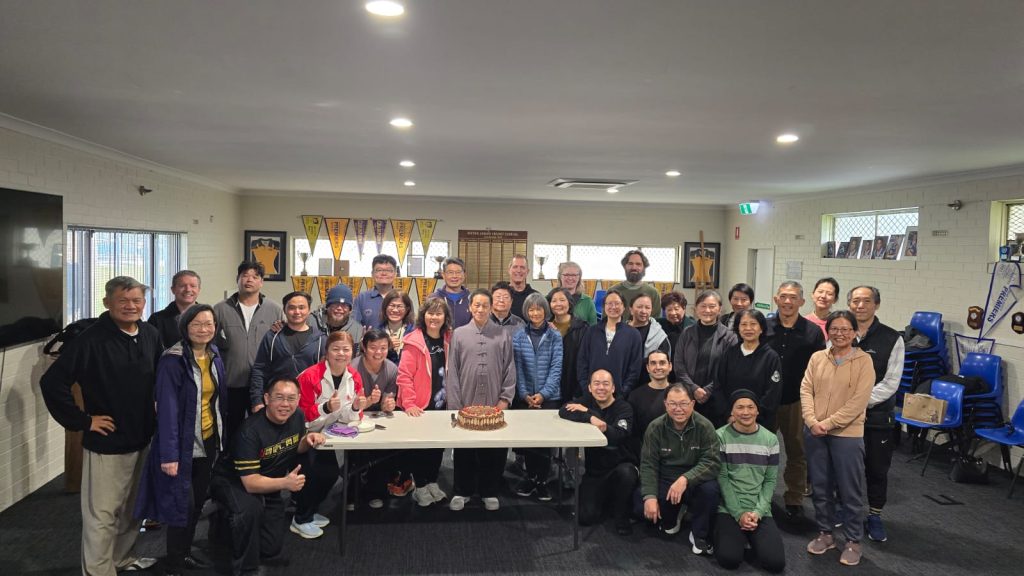
A
同学们早上好!
Good morning, everyone!
首先感谢你们的老师张贤龙老师
First of all, I’d like to thank your teacher, Master Zhang Xianlong, (Sien)
让我有机会和大家共同讨论有关太极拳的课题!
for giving me the opportunity to discuss with you the topic of Taijiquan!
“怎么练太极拳以达到养气?什么是气?”
“How do we practice Taijiquan to cultivate qi? What is qi?”
这个题目看起来是2个问题,其实是一件事。
This topic may seem like two questions, but in fact, they are one and the same.
众所周知太极拳是内家拳,如果不讲气
As we all know, Taijiquan is an internal martial art; if we don’t talk about qi,
那就不是内家拳!
then it is not an internal martial art!
习练太极拳的基本效益有3个:
The fundamental benefits of practising Taijiquan are three:
① 体育健身 (增强筋骨肌肉的强度)
① Fitness & Strength – Builds up your muscles, tendons and bones proper
② 气功养生 (调和五脏六腑及经络之气)
② Energy Work for Health – Gets all your internal systems and energy channels working smoothly
③ 技击防身(太极拳的拳就是武术以及防身技术)
③ Self-Defence Skills – Let’s not forget the “quan” in Tai Chi quan means it’s a proper martial art
B
接下来我们要谈谈怎样习练太极拳才能达到以上的效益。
Next, we’ll discuss how to practice Taijiquan in order to achieve these benefits.
简单的说是怎样才能练好太极拳?
Simply put, how can we practice Taijiquan well?
这是要有一定的方法、条件,按部就班,
This requires a certain method and conditions, and must be done step by step,
不能贪多更不能贪快!
without being greedy for more, and be patient with your progress!
我个人的教习方法分4个阶段:
My personal teaching method is divided into four stages:
① 型
① Form (Xing)
② 形
② Shape (Xing)
③ 意
③ Intent (Yi)
④ 神
④ Spirit (Shen)
① 型:造型、姿势和套路。
① Form: This refers to structure, posture, and routine.
弓腿合膝,松胯圆裆,收腹敛臂,
Bend the legs and close the knees, relax the hips and round the groin, draw in the abdomen and draw back the arms,
含胸塌腰,尾闾中正,沉肩坠肘,坐腕舒指。
contain the chest and drop the waist, keep the tailbone upright, sink the shoulders and drop the elbows, sit the wrists and extend the fingers.
② 形:形态即动作,怎样完成每个动作的正确路线,包括方向,动作规格
② Shape: This refers to the form and execution of movements—how to correctly perform the path of each movement, including direction and technical specifications.
(以招式做示范 揽扎衣,缠丝功等)
(Demonstrated through techniques such as “Lan Zha Yi” and “Chan Si Gong”)
③ 意:意念,这是习练太极拳重要的环节!
③ Intent: This is a crucial aspect of practicing Taijiquan!
有言用意不用力,以外形引内气,然后再以内气催动外形。
It is said, “Use intent, not force.” Use the external form to guide the internal qi, and then use the internal qi to drive the external form.
以意导气,以气运身,而达意到气到,气到劲随。
Let intent lead the qi, and let qi move the body, so that where intent goes, qi follows, and where qi goes, power follows.
这里说“劲”也就是太极拳的“穿透力”。
The “power” (jin) referred to here is the “penetrating power” of Taijiquan.
④ 神:精神、神韵,一切动作都是自然而然的运作不假思索!
④ Spirit: This refers to spirit and grace—every movement should arise naturally and spontaneously, without conscious thought!
行谓:由招熟而渐悟“懂劲”,懂劲而后阶及神明。“神而明之”之谓。
As the saying goes: “From mastery of the forms comes the gradual understanding of jin; from understanding jin arises the attainment of spiritual clarity.” This is what is meant by “spiritually clear and insightful.”
(每个阶段都要做到知,会,懂,能)
(At each stage, one must achieve: knowledge, ability, understanding, and skill.)
习练好太极拳的一些基本要领:
Some fundamental principles for practising Taijiquan well:
① 三精:教的精,学的精,练的精。
① The Three Essentials: Teach with precision, learn with diligence, practice with perfection.
② 四多:多看,多听,多思,多练。
② The Four More: Observe more, listen more, reflect deeply, practice more.
③ 五规矩:懂规矩,守规矩,化规矩,脱规矩,不离规矩。
③ Know the principles, Stick to the principles, Make them second nature, Go beyond them, Never lose sight of them
D
最后我们来谈谈太极拳中的气!
Finally, let’s talk about qi in Taijiquan!
这个“气”讲的是“先天之气”是从我们母体遗传而来存在于我们体内经络血脉中,
This “qi” refers to “innate qi,” which is inherited from our mother and exists within the meridians and blood vessels of our body.
更深一层来讲是存在我们的“丹田之中”的“丹田之气”。
On a deeper level, it exists as “dantian qi” within our “dantian.”
而不是一般的呼吸之气,那是后天之气,是肺部呼吸之气属于外气。
It is not the ordinary breath we take in; that is “acquired qi,” the air we breathe through the lungs, which is considered external qi.
习练太极拳如果方法正确会产生气感:
When practising Taijiquan with the correct method, qi sensations will arise:
① 手指发胀发麻
① Tingling and fullness in the fingers
② 脚底发沉发热
② Warmth and heaviness in the feet
③ 两肾发烧发热
③ Intense warmth in the kidney area
气的成就也分4个层次:
The cultivation of qi is also divided into four levels:
① 松沉
① Relaxation and Sinking
② 散发
② Dispersing
③ 通透
③ Penetration and Clarity
④ 空灵
④ Emptiness and Spirituality
要达到以上的成绩就是在习练太极拳的过程中要让意念与动作配合。
To achieve this, during Taijiquan practice, the mind (intent) must be coordinated with physical movement.
几乎可说每招每式或每个动都要做到:气降涌泉,合于丹田,发至四梢。
Nearly every movement, form, or technique must achieve: qi sinks to Yongquan, gathers in the dantian, and extends to the four extremities.
所以朱天才老师于1983年就告诉我初学者越慢越好。
That’s why Master Zhu Tiancai told me back in 1983: for beginners, the slower, the better.
共勉=欲要功夫深、勤学苦练恒
Let us encourage each other: “If you want deep skill, be diligent in study, persistent in practice, and constant in effort.”
许晋阁 Master Koh
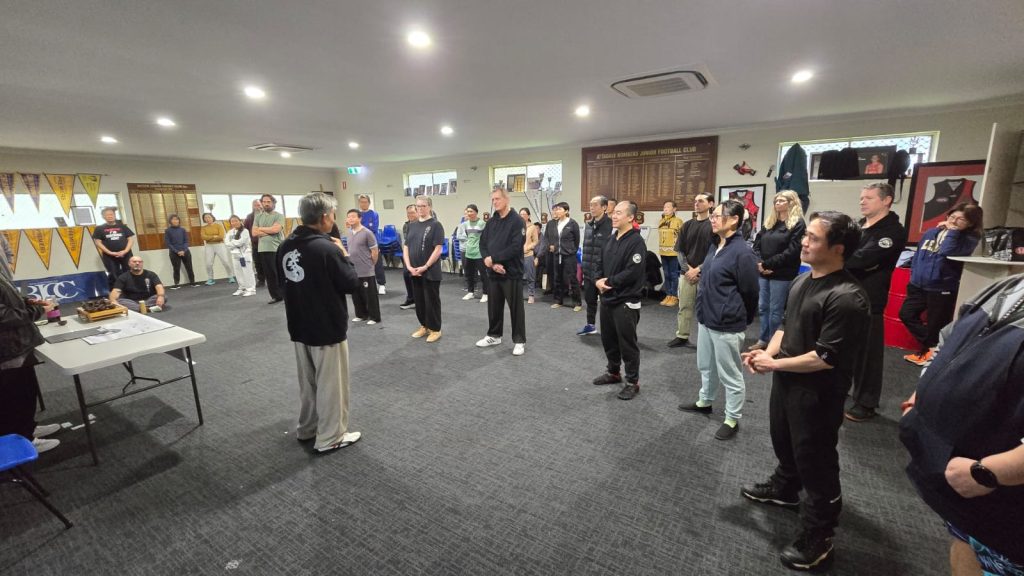

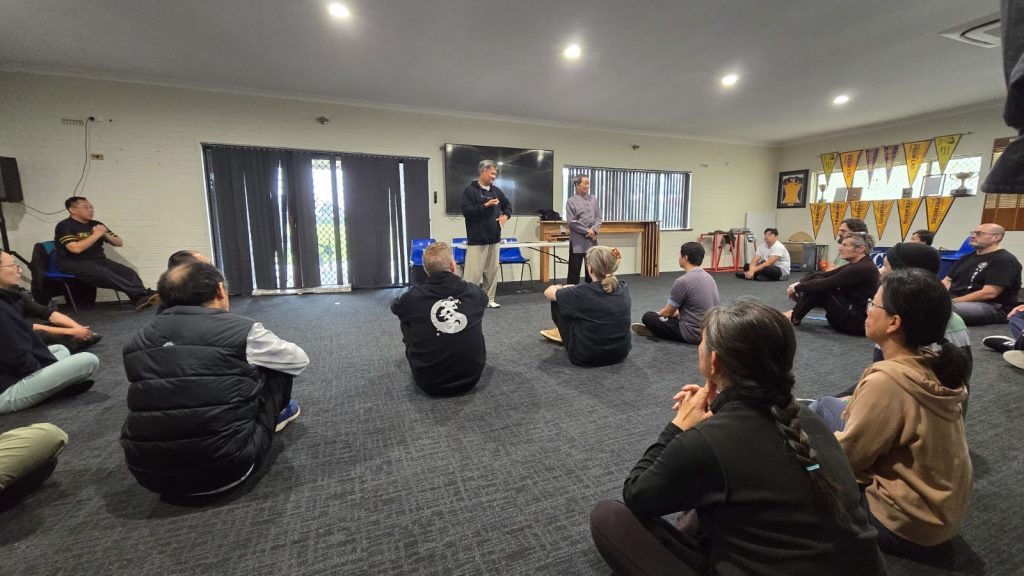
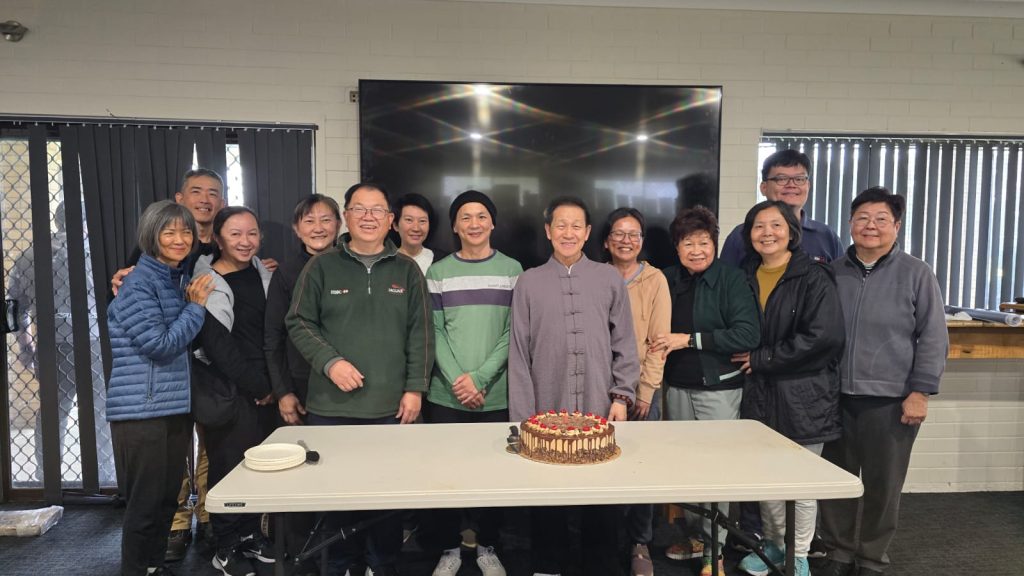
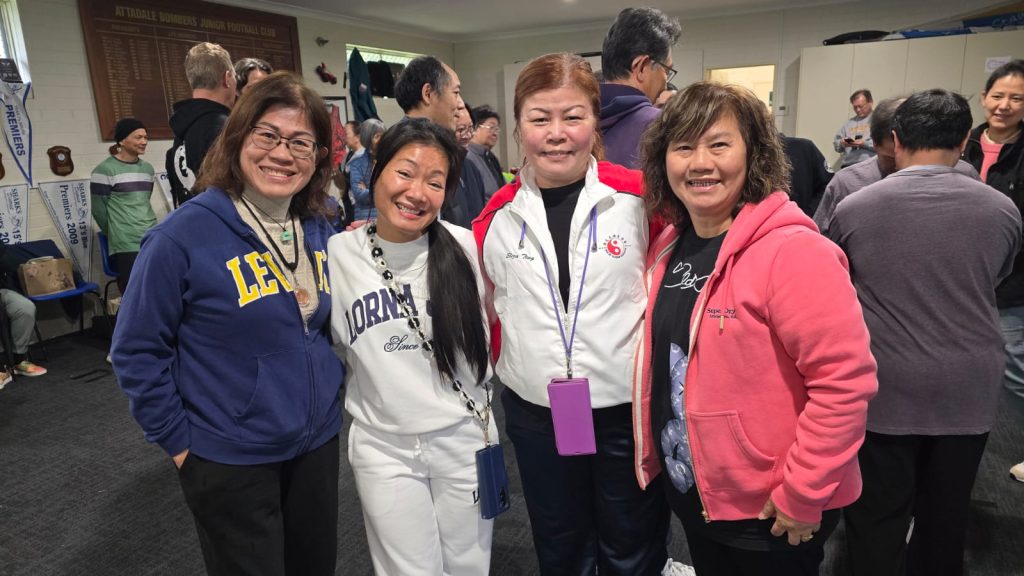
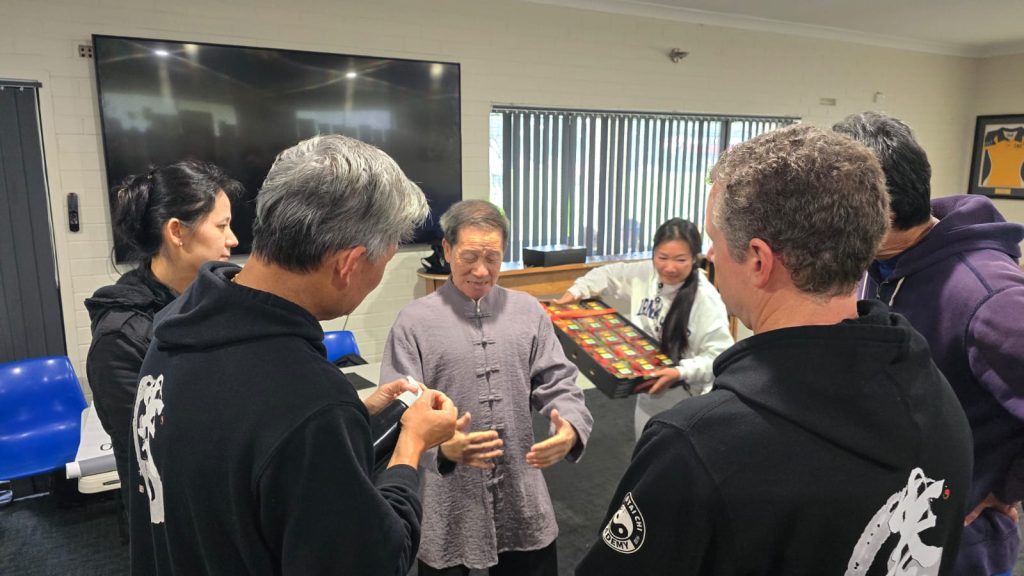
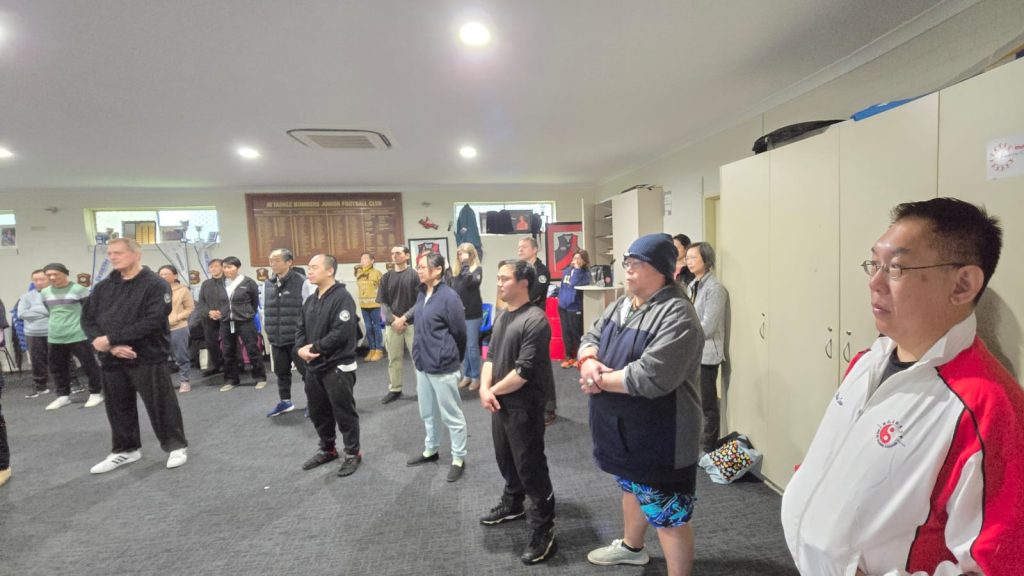
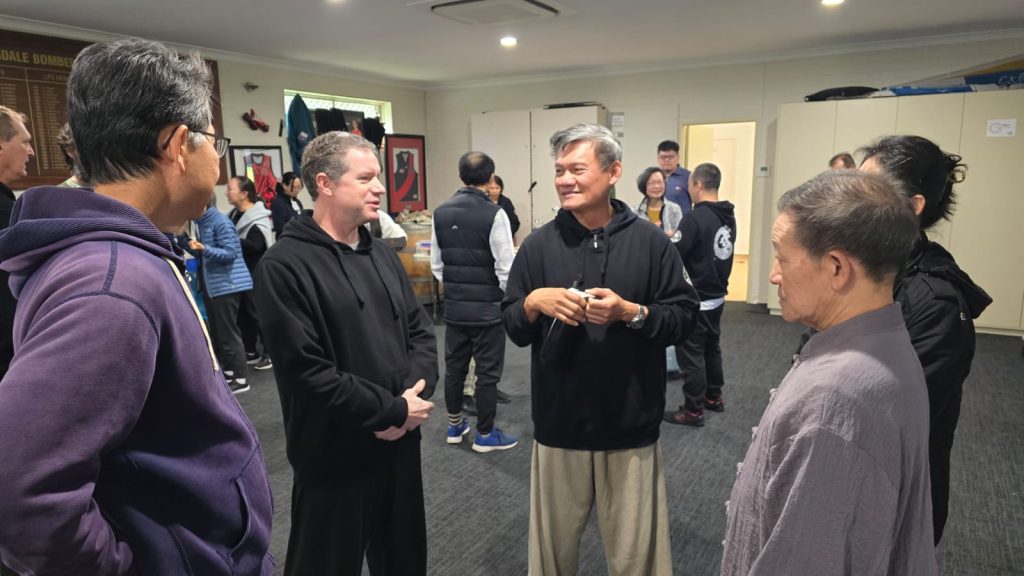
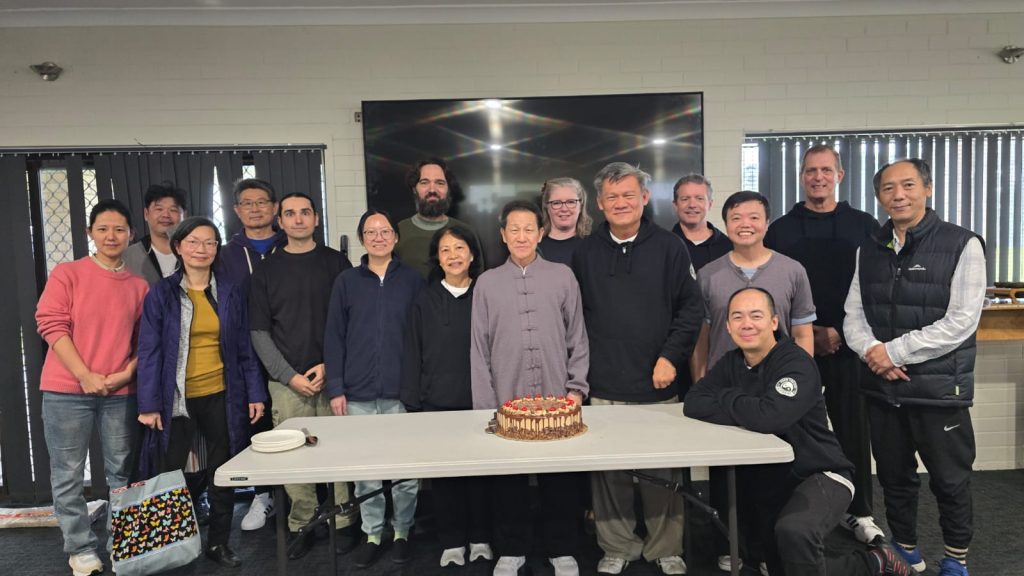
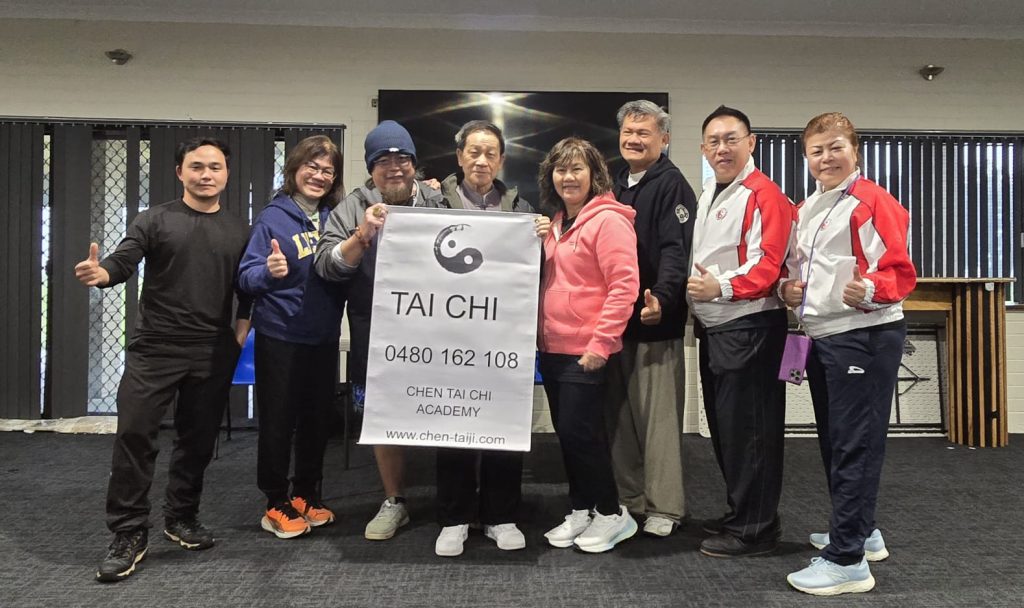
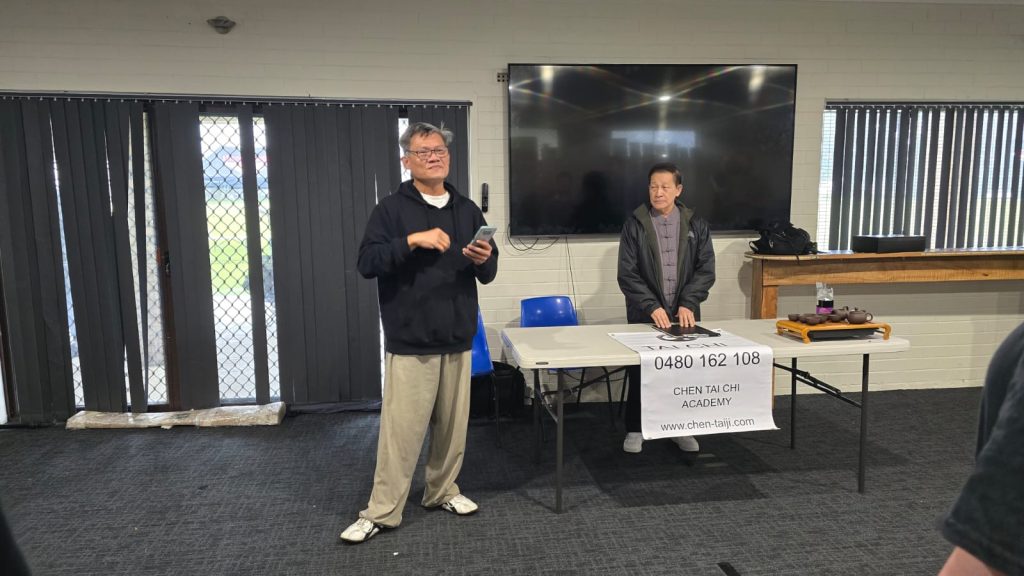
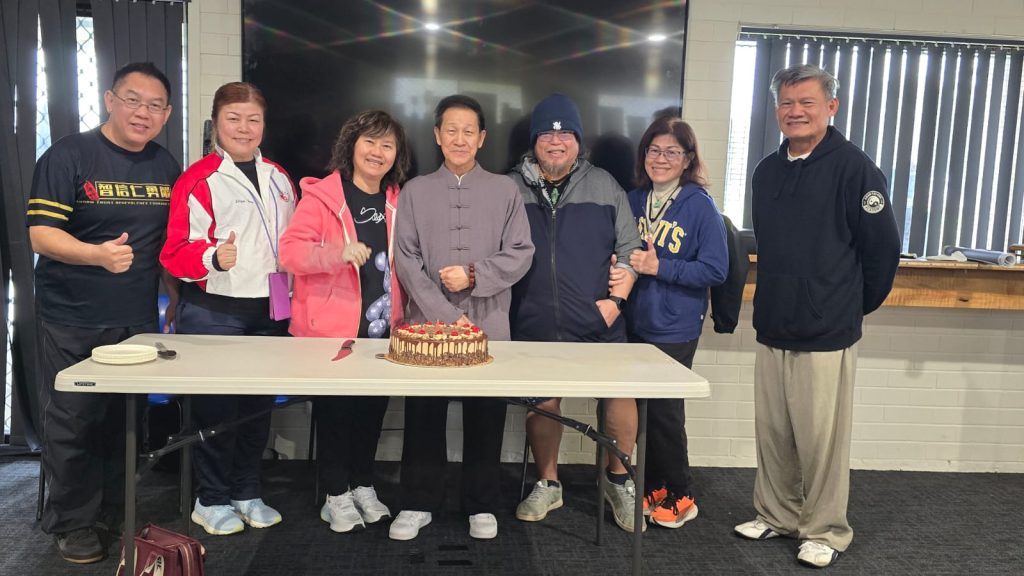
Introduction: The Essence of Chen Taiji
Chen Taiji, one of the oldest and most traditional styles of Taijiquan, is renowned for its dynamic movements, explosive power, and deep emphasis on internal energy cultivation. Unlike other styles that focus more on slow, graceful forms, Chen Taiji incorporates both fast and slow movements, making it a unique blend of internal and external martial arts. In this blog post, we will explore the essence of Chen Taiji, focusing on how to practice it effectively and understand the concept of “qi” (气), which is central to its philosophy.
1. What is Qi?
In the context of Tai Chi, “qi” is not simply the breath or air we inhale and exhale. Instead, it refers to “innate qi” (先天之气), a vital energy inherited from our mother and present within our meridians and blood vessels. On a deeper level, this innate qi resides in the “dantian” (丹田), often referred to as “dantian qi.” This is distinct from the “acquired qi” (后天之气), which is the breath we take in through our lungs and is considered external.
When practiced correctly, Tai Chi generates a sensation of qi:
- Fingers feel swollen and numb: This indicates that qi is flowing through your hands.
- Feet feel warm: This shows that qi has sunk to the Yongquan point (涌泉) at the soles of your feet, achieving “sinking qi to the dantian.”
- Kidneys feel warm: This signifies that qi has penetrated deep into the body, nourishing the kidneys, which is a manifestation of “innate qi.”
2. The Four Levels of Qi Cultivation
The cultivation of qi can be divided into four levels:
- Relaxation and Sinking (松沉): The body relaxes, and qi sinks to the dantian, creating a stable foundation.
- Dispersing (散发): Qi spreads from the dantian throughout the entire body.
- Penetration and Clarity (通透): Qi flows smoothly without obstruction, achieving a state of internal and external harmony.
- Emptiness and Spirituality (空灵): A transcendent state where the mind and body are unified, and movements become natural and effortless.
To reach these levels, it is crucial to coordinate the mind (意念) with physical movements. Almost every movement should achieve: “qi sinks to Yongquan, gathers in the dantian, and extends to the four extremities” (气降涌泉,合于丹田,发至四梢). This means qi descends from the Baihui point (百会) at the top of the head to the Yongquan point at the soles of the feet, converges in the dantian, and then radiates to the tips of the limbs.
3. How to Practice Chen Taiji?
(1) Four Stages of Practice
Master Sien Long Chong (许晋阁) outlines his teaching method in four stages:
- Form (型): Focus on posture, alignment, and routine. For example, bending the legs with knees together, relaxing the hips and rounding the groin, drawing in the abdomen and retracting the arms, containing the chest and dropping the waist, keeping the tailbone upright, sinking the shoulders and dropping the elbows, and sitting the wrists with relaxed fingers.
- Shape (形): Pay attention to the form and execution of each movement, ensuring the correct path, direction, and specifications. Demonstrations include techniques like “Lan Zha Yi” (揽扎衣) and “Chan Si Gong” (缠丝功).
- Intent (意): Emphasise the importance of intention. Tai Chi emphasises “using intent, not force” (用意不用力). Use the external form to guide internal qi, and then use internal qi to drive the external form. This achieves “intent leads qi, qi moves the body” (以意导气,以气运身), ultimately reaching “where intent goes, qi follows; where qi goes, power follows” (意到气到,气到劲随). The “power” here refers to the unique “penetrating power” of Tai Chi.
- Spirit (神): Strive for the natural expression of spirit and grace. Movements should flow like clouds and water, spontaneous and without conscious thought.
(2) Fundamental Principles
- Three Essentials (三精): Teach with precision, learn with diligence, and practice with perfection.
- Four More (四多): Observe more, listen more, reflect deeply, and practice more.
- Five Rules (五规矩): Know the principles, Stick to the principles, Make them second nature, Go beyond them, Never lose sight of them
4. Key Points for Practice
- Progress Gradually: Do not rush. Follow a step-by-step approach; do not be greedy for more or faster progress.
- Practice Slowly: As Master Zhu Tiancai advised in 1983, “For beginners, the slower, the better.” Slow practice allows for a better understanding of the flow of qi and the details of each movement.
- Consistency is Key: Deep skill comes from diligent study, hard practice, and constant perseverance. As the saying goes, “To achieve deep skill, one must diligently study, practice hard, and remain constant” (欲要功夫深,勤学苦练恒).
5. Conclusion
Chen Taiji is more than just a martial art; it is a philosophy of life. Through correct practice, we can not only strengthen our bodies, harmonise the energy of our internal organs and meridians, and acquire self-defence skills, but also cultivate our internal “qi,” achieving a state of harmony between mind and body. We hope that every practitioner can make continuous progress on this path and enjoy the peace and strength that Tai Chi brings.
